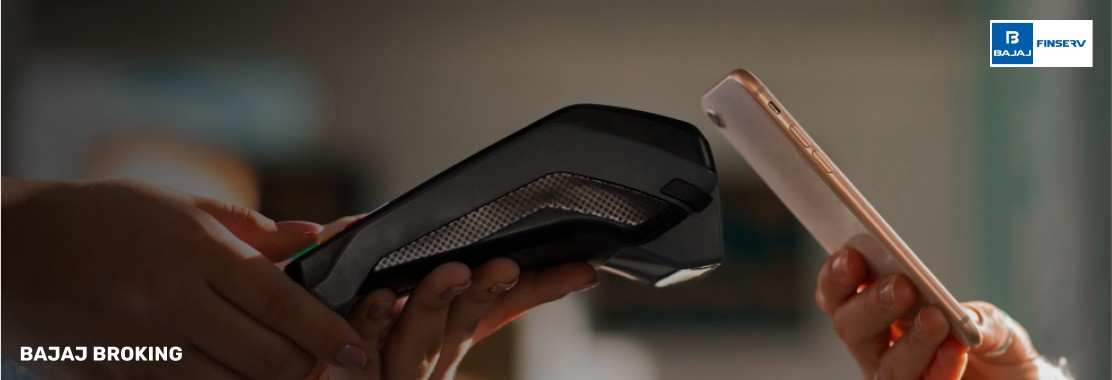Digital payments have become a part of everyday life. Among the many tools available, VPA in UPI has made transferring and receiving money easier without needing to share account numbers or IFSC codes. It acts as your digital identity for UPI transactions and keeps things both secure and simple.
Let’s walk through what VPA is, how it works, how you can use it, and what benefits it offers.
What is VPA (Virtual Payment Address) in UPI?
VPA in UPI, short for Virtual Payment Address, is a unique identifier used in the Unified Payments Interface (UPI) system. It allows users to send and receive money without exposing bank account details. Instead of sharing an account number and IFSC, you just need to share your VPA.
It often looks like an email address. For example, it could be something like yourname@upi or mobileno@bankname. When someone transfers money to this VPA, it directly credits your linked bank account. The main purpose of a VPA in UPI is to make digital transactions easier and more secure.
Learn More About:- What Is UPI ID
How Does VPA Work?
Now that you know what is VPA in UPI, let's proceed to understand how does VPA work. When you create a VPA in a UPI-enabled app, it links that ID to your bank account. You can then use this address instead of your bank details for all UPI-based transfers.
Once someone sends money to your VPA, the UPI system processes it in real-time and routes it to your bank account. You receive a notification instantly. Since no sensitive bank information is shared during this process, it adds an extra layer of safety.
How to Create a Virtual Payment Address?
Creating a VPA in UPI is a quick process using any UPI-enabled app. Most UPI apps for IPO and mobile banking services provide the option to generate a VPA during setup. Once created, this virtual address becomes your secure payment identity.
Download a UPI-enabled App
Choose a UPI-supported app like PhonePe, Google Pay, Paytm, BHIM, or your bank’s app and install it on your smartphone.
Register Your Mobile Number
Use the mobile number linked to your bank account. The app will verify this number and connect it to your bank.
Select Your Bank
Pick your bank from the list provided in the app. The app will automatically fetch your bank details based on your mobile number.
Set Up a Unique VPA
You’ll be asked to create your VPA—this might look like yourname@upi or mobilenumber@bank. This becomes your public payment ID.
Set Your UPI PIN
Create a secure UPI PIN for verifying transactions. This step completes the setup and activates your VPA for use.
How Can You Send Money Using VPA?
Understanding what is VPA in UPI is not enough. You should also know how to use it. Sending money using a VPA in UPI eliminates the need to remember or share complex account details. The process is simple and works in real-time.
Open the UPI App
Launch your preferred UPI app and go to the payments section.
Select 'Send Money'
Choose the send money option, which allows you to input a VPA instead of bank details.
Enter Recipient's VPA
Type in the receiver’s virtual payment address carefully to avoid errors.
Enter Amount and Note
Add the amount you wish to send and include a note for reference if needed.
Confirm and Enter UPI PIN
Review the details, then enter your UPI PIN to authorise the transaction. The money is instantly sent to the recipient.
How Do You Receive Money Through VPA?
Receiving funds via VPA in UPI is convenient and private. It removes the need to share sensitive banking information.
Share Your VPA
Give your VPA to the person who wants to send you money. There’s no need to share your account number or IFSC.
Sender Initiates Transfer
The sender enters your VPA in their UPI app, fills in the amount, and confirms the transaction.
Receive Payment Instantly
Once approved, the money is credited directly to your linked bank account, and you receive a confirmation message.
Use Payment Request Option
You can also send a collect request through your UPI app. Once the payer approves, the amount is credited automatically.
Key Benefits of Virtual Payment Address
No Need to Share Bank Details
With a VPA in UPI, you can send or receive money without exposing sensitive banking information. This reduces the risk of misuse.
One Address for All Payments
You can use the same VPA across different merchants, individuals, or platforms. It works seamlessly for transfers, bill payments, and even IPO applications using UPI apps for IPO.
Real-Time Transactions
Transactions using VPA happen almost instantly. Once you send or receive money, you get a confirmation within seconds.
Easy to Remember and Use
VPAs are short and easy to type. You can customise your VPA during setup, making it something you’ll easily remember.
Works Across Multiple Apps
Most VPAs can be used across different UPI apps. Even if you switch apps, your VPA can often be carried over or recreated similarly.
Conclusion
If you're using UPI, having a VPA in UPI makes your transactions faster, safer, and more convenient. It removes the need to remember lengthy account numbers and makes payments feel effortless. Whether you’re splitting bills, shopping online, or using UPI apps for IPO, a virtual payment address is a smart way to handle money digitally. Try creating a VPA today—it takes only a few minutes and adds a lot of flexibility to how you manage payments.




